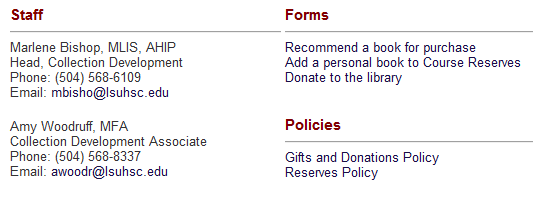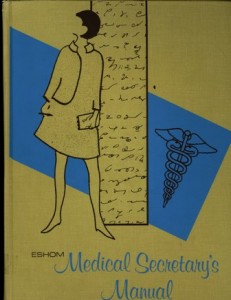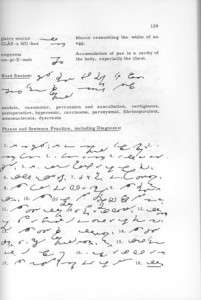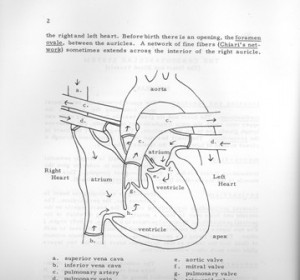New Books 2016!
The Isché Library is featuring 17 recently published books on display near the 3rd floor elevator. Subjects include physiology, epidemiology, respiratory care, nursing, psychology, speech-language pathology, audiology, cardiology, physical therapy, and more.
These books are now available for check-out.
Featured titles:
- Netter’s Essential Physiology, 2nd ed., by Susan E. Mulroney (Call no.: QS 4 M26 2016)
- Teaching Epidemiology : A Guide for Teachers in Epidemiology, Public Health, and Clinical Medicine, 4th ed., edited by Jørn Olsen, Naomi Greene, Rodolfo Saracci, Dimitrios Trichopoulos (Call no.: WA 18 OL8t 2015)
- Disaster Medicine, 2nd ed., edited by Gregory R. Ciottone (Call no.: WA 295 C49 2016)
- Foundations of Epidemiology, 4th ed., by Dona Schneider, David E. Lilienfeld (Call no.: WA 950 L627 2015)
- Rau’s Respiratory Care Pharmacology, 9th ed., by Douglas S. Gardenhire (Call no.: WB 342 R239r 2016)
- Braddom’s Physical Medicine & Rehabilitation, 5th ed., by Randall L. Braddom (Call no.: WB 460 B72p 2016)
- Physical Therapy Case Files: Pediatrics, by Eric S. Pelletier (Call no.: WB 460 P36 2016)
- A Practical Approach to Musculoskeletal Medicine: Assessment, Diagnosis, Treatment, 4th ed., by Elaine Atkins (Call no.: WE 103 At5 2016)
- Textbook of Interventional Cardiology, 7th ed., by Eric J. Topol (Call no.: WG 168 T62t 2016)
- Management of Swallowing and Feeding Disorders in Schools, by Emily M. Homer (Call no.: WI 250 H75 2016)
- Supporting Family Caregivers of Adults with Communication Disorders: A Resource Guide for Speech-Language Pathologists and Audiologists, by Joan C. Payne (Call no.: WL 340.2 P34 2015)
- Clinical Dermatology: A Color Guide to Diagnosis and Therapy, 6th ed., by Thomas P. Habif (Call no.: WR 17 H11c 2016) E-book also available.
- Avery’s Neonatology: Pathophysiology and Management of the Newborn, 7th ed., by Gordon Bennett Avery (Call no.: WS 420 Av3n 2016)
- Innovations in Nursing Education, Volume 3: Building the Future of Nursing, by Linda Caputi (Call no.: WY 18 C175b 2016)
- The NLN Jeffries Simulation Theory, edited by Pamela R. Jeffries (Call no.: WY 18 J38n 2016)
- Manual of Critical Care Nursing: Nursing Interventions and Collaborative Management, 7th ed., (Call no.: WY 154 Sw3m 2016) E-book also available.
- A Practical Guide to Forensic Nursing: Incorporating Forensic Principles Into Nursing Practice, edited by Angela Amar and L. Kathleen Sekula (Call no.: WY 170 Am3 2016)

 myLSUHSC
myLSUHSC


